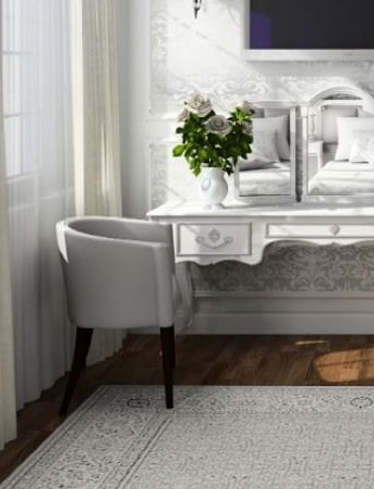The psychology of color explores how different colors influence human behavior, emotions, and perceptions.
This field is used widely in marketing, design, art, and branding, as well as in therapeutic environments. Here’s a breakdown of key concepts:
Key Principles of Color Psychology
- Colors Evoke Emotions
Each color tends to be associated with specific feelings or moods. However, context and culture heavily influence these responses. - Color Perception is Subjective
Personal experiences, cultural background, and even gender can affect how someone perceives a color. - Color Affects Behavior
For example, red can increase heart rate, while blue can have a calming effect.
Common Color Associations
| Color | Common Psychological Effects |
|---|---|
| Red | Passion, energy, urgency, danger, appetite stimulation |
| Blue | Calm, trust, professionalism, intelligence |
| Yellow | Happiness, optimism, creativity, but also caution |
| Green | Nature, health, tranquility, balance, wealth |
| Orange | Enthusiasm, warmth, excitement, affordability |
| Purple | Royalty, luxury, wisdom, spirituality |
| Black | Power, elegance, sophistication, mystery |
| White | Purity, cleanliness, simplicity, peace |
| Pink | Compassion, nurturing, romance, femininity |
| Brown | Stability, reliability, comfort, naturalness |
Applications of Color Psychology
- Marketing & Branding: Brands use color to influence buying decisions and create identity (e.g., red for Coca-Cola, blue for Facebook).
- Interior Design: Colors are chosen to create mood—blues and greens for relaxation, yellows for stimulation.
- Healthcare: Hospitals use soothing colors to reduce stress.
- Education: Color can impact learning—warm colors for creativity, cool colors for focus.
Cultural Variations
Color meanings can vary. In Western cultures, white is associated with purity and weddings. In some Eastern cultures, white represents mourning and death. Red signifies luck in China, but danger in many Western countries.
Scientific Perspective
Studies in color psychology are often correlational, not causational. Factors such as lighting, saturation, and brightness influence how a color is perceived. Despite some skepticism in the scientific community, the practical use of color psychology is widespread.
Ready to harness the power of color in your home? Let’s talk.
No Comment
Leave a Comment






